Just a few days ago, I walked into a coffee shop and bought a 250gr bag of Kenyan coffee for €20 approx. While I'm happy to pay that kind of money for a very good Kenya in a bag full of tasty promises, when I got home I found only disappointment.
It is an open secret within the specialty industry, that Kenyan coffees have been in a low the last couple of years, and probably it is one of the most controversial topics right now. As you may know, Kenya is one of the most prized origins within the specialty coffee world, it is sought by importers and roasters from all over the world as an origin of outstanding quality, intense sweetness, citrus/winey acidities and velvety bodies.
This disruption in quality according to our understanding, can be explained by three main reasons: (1) Climate change; (2) Introduction new varieties and (3) Failure of the Nairobi coffee Exchange (NCE) to reach farmers with proper income and farming supplies.
If you are curious on how will the consequences of climate change hit us, here in Kenya you can get a small taste of it. In 2017, the Kenyan government declared a drought national state of disaster, where 2.7 million people were at risk of famine. Although, the most affected areas were the northern and coastal counties of Kenya, where there is no coffee production, still the coffee industry got affected, especially in the central coffee regions, where the best lots are produced, because the rains were much less than in normal years.
Here is what happens to a coffee tree during a drought. When water demand of a coffee tree is higher than supply, drought stress occurs. Drought stress causes wilting, yellowing of the leaves, advanced leaf fall, and premature fruit ripening or fruit drop.
Kenya gain its prestige as an outstanding origin around the coffee world for many factors, including: altitude, soil type, rainfall pattern, processing expertise, overall quality; but one of the main reasons of its success was their coffee varieties. In the 1930s, SL28 and SL34 were the two most famous varieties created by Scott Labs, hence the prefix SL. These varieties produce coffees of excellent cup quality and are medium/high yielding under the right circumstances of altitude and rainfall, but are susceptible to diseases such as CBD and CLR.
Aware of the disease problem, in 1985 the Kenyan Coffee Research Institute developed a new variety call Ruiru11. The name given by the town where the station where it's was developed was located. The variety is not only resistant to CBD and CLR but also, it's an extremely high yielding variety, allowing farmers with a small plot of land (which are getting smaller by generation after generation) to increase their production significantly. Although, the intention was to develop a variety with similar cup quality to those of SLs, but the truth is that quality wise, they are very distant.
Then, Batian was developed to solve the quality problem of Ruiru 11. By the year 2010 the Kenya Coffee Research introduced this variety which is much closer to SL28 (genetically speaking) than Ruiru 11. It's also resistant to CBD and CLR but it's cup quality is much better than Ruiru11 and similar to a medium quality SL28, according to some Kenyan cuppers. The best SL28 lots are still unmatchable. We believe that the future of the Kenyan coffee should focus in lot separation by variety.
In the producing world, coffee is political. Generally coffee exports are a major income earner, and in some countries such as Burundi, coffee represents as much as 80% of the total foreign currency revenue. In Ethiopia, it represents 50% of the total.
Coffee in Kenya has become a very good business for a few people, but a very bad one for most. In the 2013/14 year, a miller owed the society more than KSh74 million for cherry and mbuni (unwashed low quality coffee) while the cooperative owed farmers more than KSh85 million. However, instead of remitting the money to the society for payments, Kenya Cooperative Coffee Exporters (KCCE) paid creditors (Sasini) KSh48 million and Kenya Cooperative Coffee Mills (KCCM) KSh25 million, leaving the farmers with nothing.
Among big investors and marketing agents around the Nairobi Coffee Exchange (NCE) there is worry. Climate change is not helping to increase coffee production neither its quality, rather the very opposite; Introduction of new varieties haven't worked the way it was expected to; And farmers are very disappointed with the crop, to say the less.
The government is searching for new ways to revive the ailing coffee sector, among them the introduction of cheap loans for coffee farmers. This will be done through a KSh3 billion Coffee Cherry Fund, farmers will be able to access with an interest rate of 3%. This comes as a wake-up call, seeing that statistics show that Kenyan coffee production for the 2019-2020 year dropped to 650,000 bags, the lowest output in over 50 years.
Something has to change in Kenya, this business model isn't working and the bubble might be about to explode.
The end.
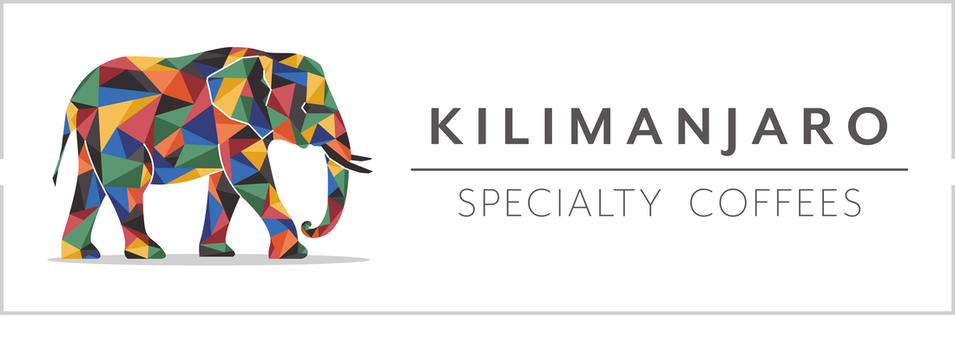

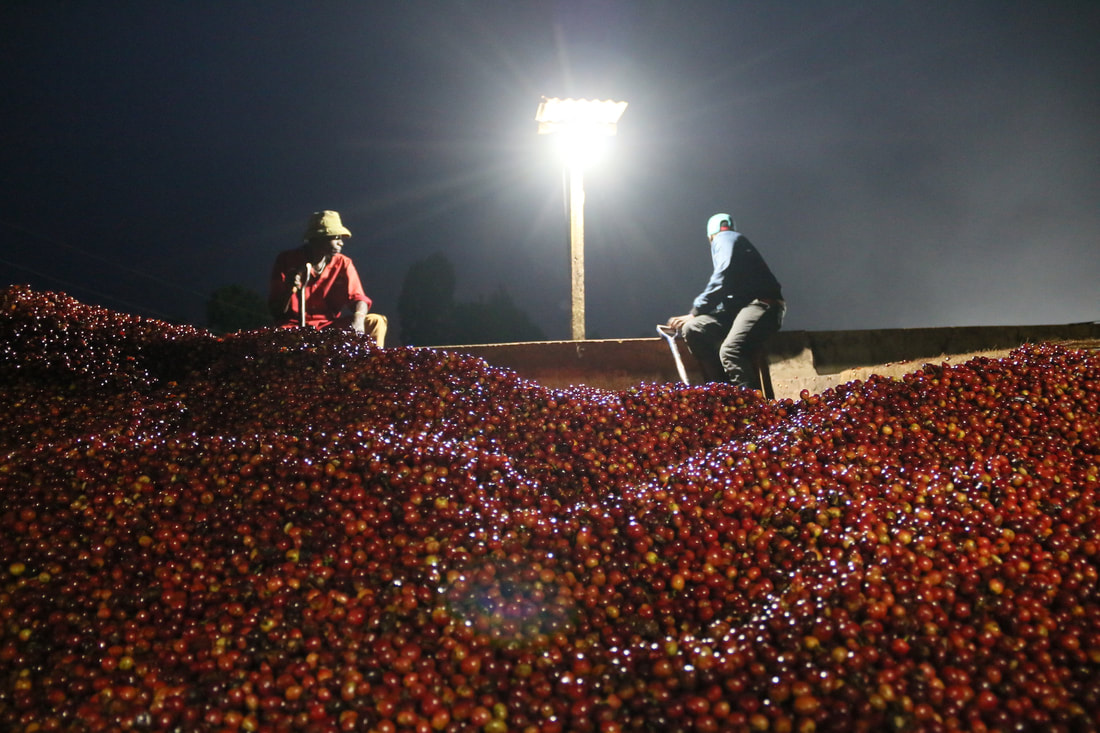
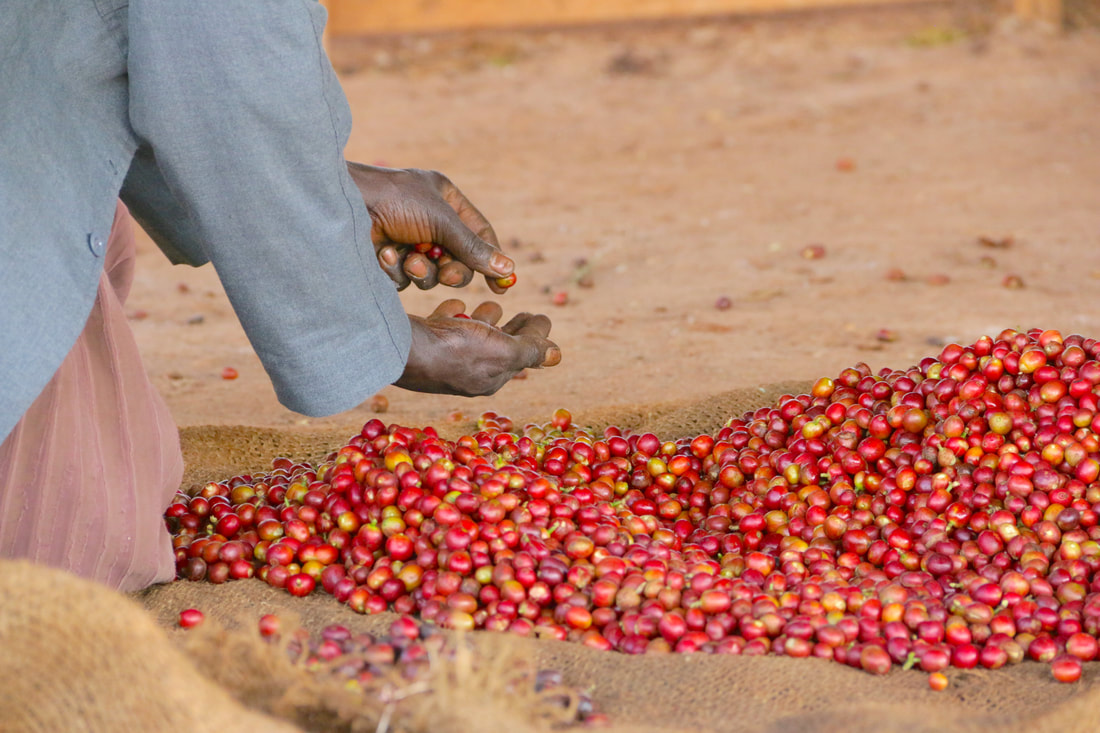
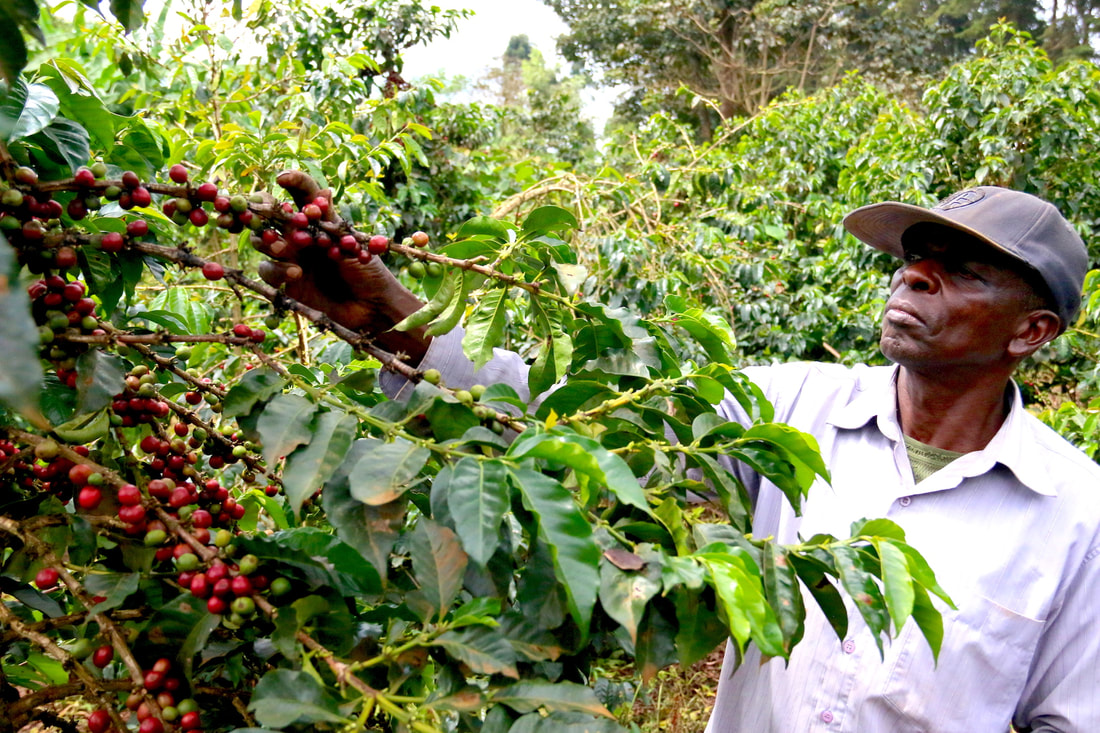
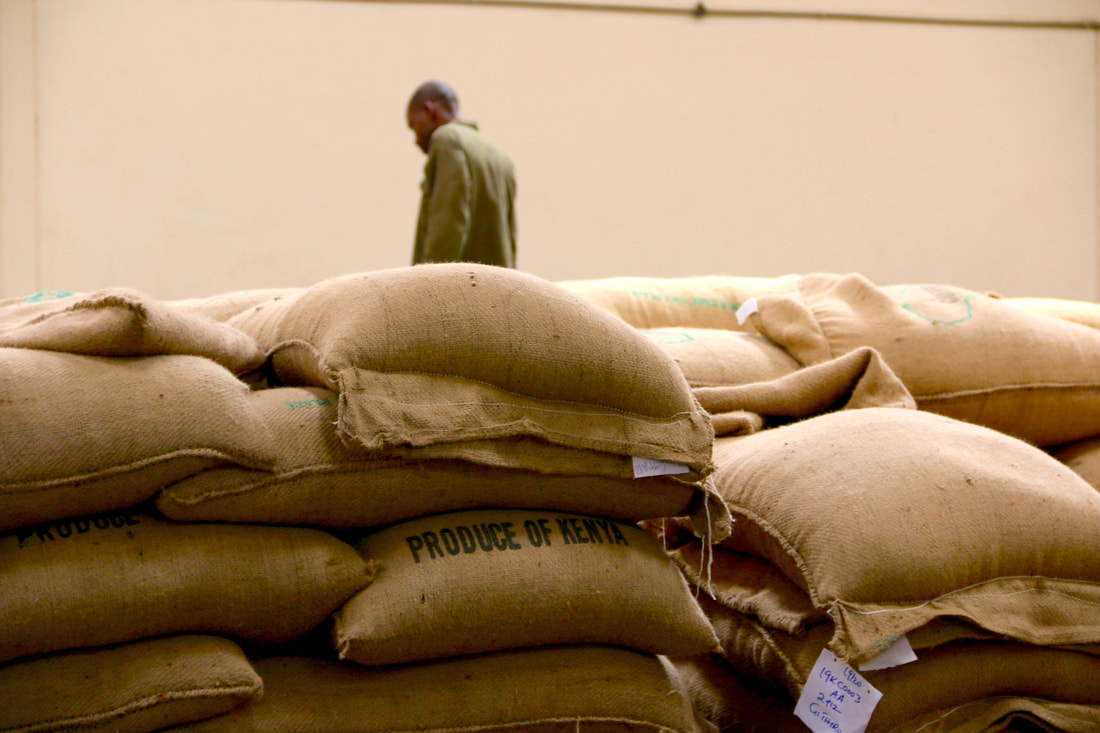
 RSS Feed
RSS Feed